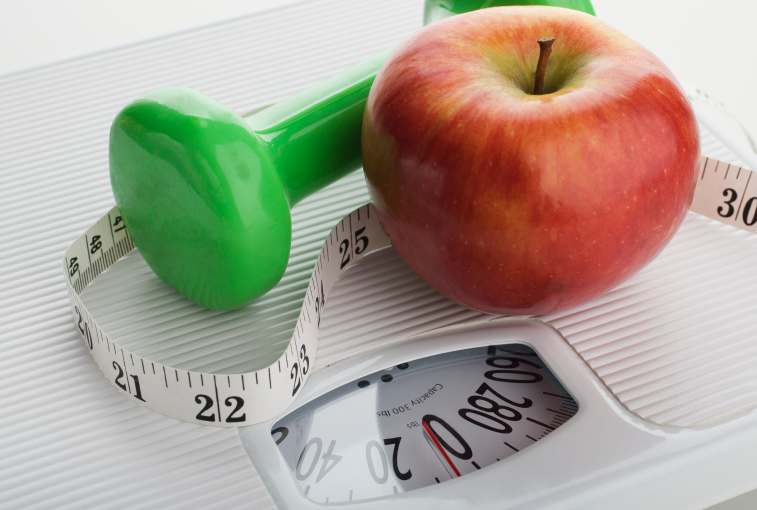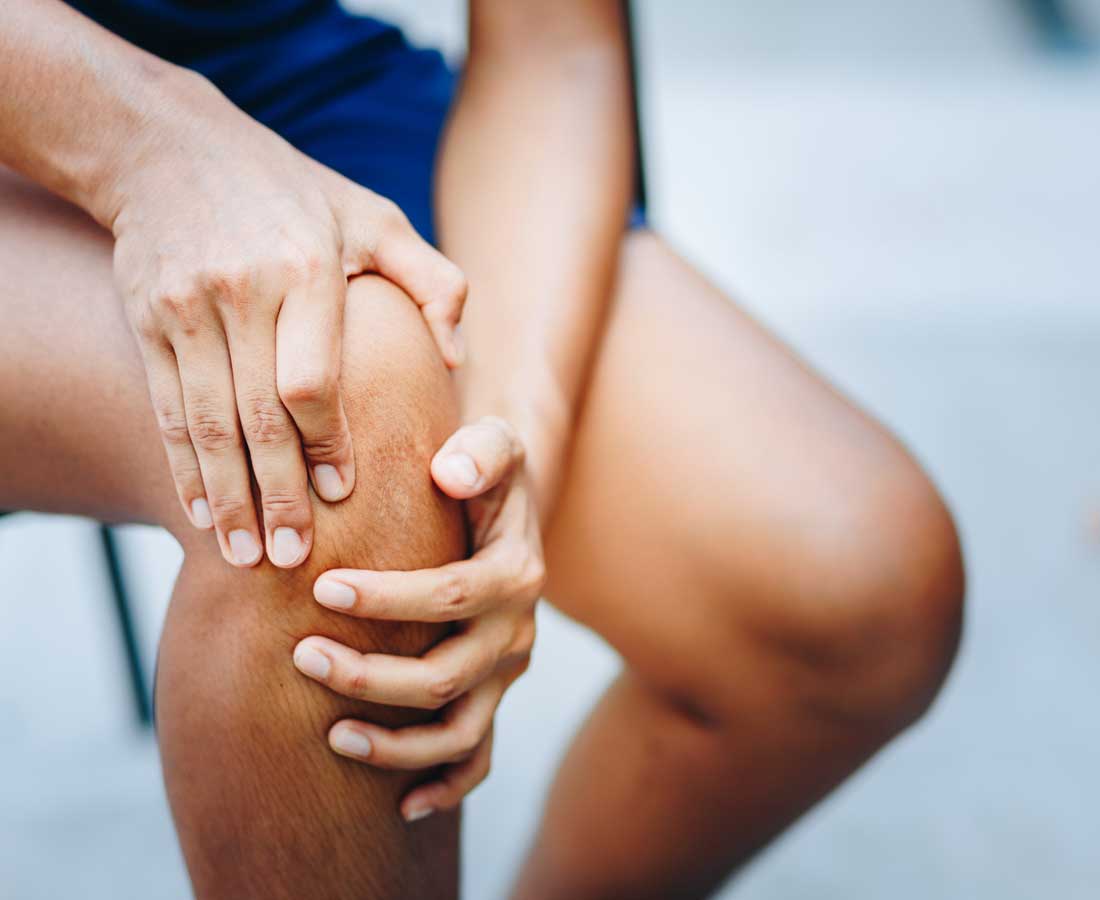Your health is your most valuable commodity. And when it comes to your body, the benefits of a healthy lifestyle are endless. From fighting disease to looking younger, the side effects are more than worth it.
But one area many people don’t think about is joint health. Joints wear out over time, and eventually, you must rely on assistance from orthopedic devices and surgeries to maintain your mobility later in life. Having stiff knees or a bad hip will make your everyday routine more difficult. But there are ways you can avoid these issues, and a visit to an orthopedic surgeon, by taking care of yourself now. Here are some tips for maintaining joint health.

1. Maintain a Healthy Weight
Obesity is a huge problem for the health of your joints. The extra weight puts stress on the joint, which can lead to symptoms like pain, swelling, and stiffness. If you’re overweight or obese, you should work toward losing weight to improve joint health and function. But it’s not just about losing weight; you should also make sure to exercise regularly.
Once your body becomes accustomed to regular exercise, it will strengthen your joints and decrease the risk of joint pain in the future.
It’s important to note that losing weight isn’t easy. It takes hard work and determination to drop the pounds you need to lose. Do whatever it takes to get the job done, even if that means starting a serious weight loss program or making drastic changes to your diet and lifestyle.
2. Use Proper Posture
Your posture affects more than your looks; it also affects your joints, muscles, and bones. Slouched shoulders or a hunched back can stress your spine, neck, and joints. Excess stress leads to arthritis and various joint problems.
To help reduce the stress on your joints, make sure you stand up straight while walking or sitting at your desk. As you perform each activity, focus on keeping your spine erect and in alignment with your hips and shoulders. It would be best if you also did plenty of stretches throughout the day to relieve tension in your body.
For instance, if you are sitting on your office desk, ensure you are resting on a cushion or sitting with your back against the back of the chair. Both of these positions take pressure off of your spine, which will reduce stress and pain in your joints.

3. Don’t Smoke
Smoking has many negative effects on your body, but one of the worst is causing chronic joint pain and stiffness. When you smoke, you inhale toxic chemicals that can damage your joints and ligaments. And these toxic chemicals can also reduce the strength of your bones.
These problems cause joint stiffness and pain and decreased coordination, resulting in an inability to carry out basic daily functions that you previously took for granted. So if you are a smoker and want to avoid joint pain later in life, make quitting a priority on your to-do list today.
You can quit smoking using a behavioral support program that provides the tools you need to give up hard-core smoking. If you don’t know where to start, try asking your doctor or a counselor for suggestions or joining a support group at your local hospital’s wellness center.
4. Consume Anti-Inflammatory Diet
All your joints are connected by ligaments, which act as a flexible support system throughout the body. Over time, these joints can become damaged due to specific activities and conditions such as arthritis or osteoporosis.
The constant strain placed on your ligaments and joints creates inflammation, and the key to keeping your joints healthy is to limit inflammation in the body. Inflammation is caused when the material around a joint becomes irritated. This irritation causes the body to rush white blood cells to the area, which makes the inflammatory process worse.
So what can you do? Eat an anti-inflammatory diet. If you have an inflammatory disease, your doctor may prescribe foods rich in omega-3 fatty acids and vitamin E. These nutrients are natural anti-inflammatories that improve your joint health and help reduce pain. Try adding more fruits, vegetables, and whole grains to your diet.

5. Prioritize Calcium and Vitamin D
The bones in your body are constantly under stress, and exercise doesn’t always provide enough stress relief. The constant strain on your bones can lead to weak bones and osteopenia, an early sign of osteoporosis. This disease weakens the bones and increases your risk of fractures.
Calcium plays a big role in maintaining strong bones. It helps to keep the structure intact and protects the body from osteoporotic fractures. But even if you eat a high-calcium diet, you may not be getting enough of the mineral. So make sure to get calcium from a variety of different sources. Even if it’s not listed on your food label, you can still find calcium in many foods, including the following.
- Dairy products such as yogurt and cheese
- Nuts and seeds
- Fish like shrimp and salmon
- Beans and beans are rich in magnesium, which also helps bones maintain strength and quality.
Vitamin D is another important nutrient for bone health. It is a hormone that helps control the body’s calcium and phosphorus levels. The vitamin also helps in bone reabsorption, which removes old bone tissue and forms new bone tissue. Vitamin D deficiencies increase the risk of osteoporosis, so make sure to include foods such as milk, eggs, fatty fish, and fortified cereal in your daily diet.
6. Consider Low-Impact Exercises
Even if you exercise regularly, some of your joints may still have trouble. If you are concerned about your joint pain and stiffness, consider exercising in a way that limits stress in these areas.
One option is water exercises, which don’t put pressure on your joints. If you enjoy swimming, take this opportunity to swim to strengthen your muscles and boost overall health. A second option is low-impact exercises like walking or dancing. These low-impact activities help provide joint support without stressing the organs or joints.

7. Avoid Alcohol
Alcohol can be a fun part of the evening for most people, but it may also cause discomfort in your joints when you wake up the next day. Alcohol acts as a diuretic, which causes you to urinate much more than normal. This increases the amount of fluids that are not replaced in your body, resulting in dehydration and joint pain.
You should also avoid alcohol if you have gout, an inflammatory condition that causes redness and pain in the ankles. Excessive alcohol consumption greatly raises your risk of this condition.
8. Keep Moving
As you age, your joints become more susceptible to injury. This is particularly true if you don’t exercise regularly and remain sedentary most of the day. But even when you are not doing any physical activity, your joints are still under stress because of your position throughout the day.
For joint health, stretching when you wake up and before bed is important. You can also exercise daily to keep your body moving and joints strong and flexible. If you are physically active throughout the day, your joints and muscles will stay loose and healthy.

Conclusion
Aging joints can be painful and frustrating, but the good news is that you can still enjoy your life. You can lessen the pain of arthritis and osteoporosis with the right foods and exercises.
When it comes to combating joint pains, you are only limited by your imagination. Start with these simple steps and see how much better your life can be.

